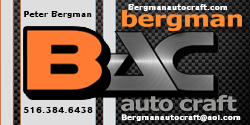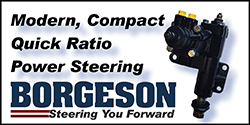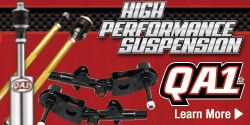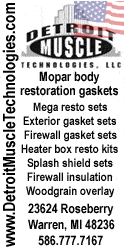myasylum
Well-Known Member
I just question my shop sometimes, they know more than me, but at times, I'm like.... Are you sure about that?
This is one of those times.
I am getting a cast stroker engine, when when set the heads on the block to check clearance we noticed that the piston was hitting the head. We figured out that the casting where the intake valve is hangs down a bit to far.
He didn't want to screw up the valve job on the head, so instead he touched up a spot on the piston by grinding it down a bit. I thought, doesn't that than change the whole dynamic of the piston? Compression and all that. Does that weaken the piston? He just went along and did the same thing for all eight pistons. We put the gasket back on, and the head, used clay on the piston to make sure the clearance was correct, and it did'nt hit any longer so it worked? but at what expense?
I just thought I'd post a picture of the piston, and the dark spot is the area that he ground down a bit. What do you think of this method?

This is one of those times.
I am getting a cast stroker engine, when when set the heads on the block to check clearance we noticed that the piston was hitting the head. We figured out that the casting where the intake valve is hangs down a bit to far.
He didn't want to screw up the valve job on the head, so instead he touched up a spot on the piston by grinding it down a bit. I thought, doesn't that than change the whole dynamic of the piston? Compression and all that. Does that weaken the piston? He just went along and did the same thing for all eight pistons. We put the gasket back on, and the head, used clay on the piston to make sure the clearance was correct, and it did'nt hit any longer so it worked? but at what expense?
I just thought I'd post a picture of the piston, and the dark spot is the area that he ground down a bit. What do you think of this method?
















